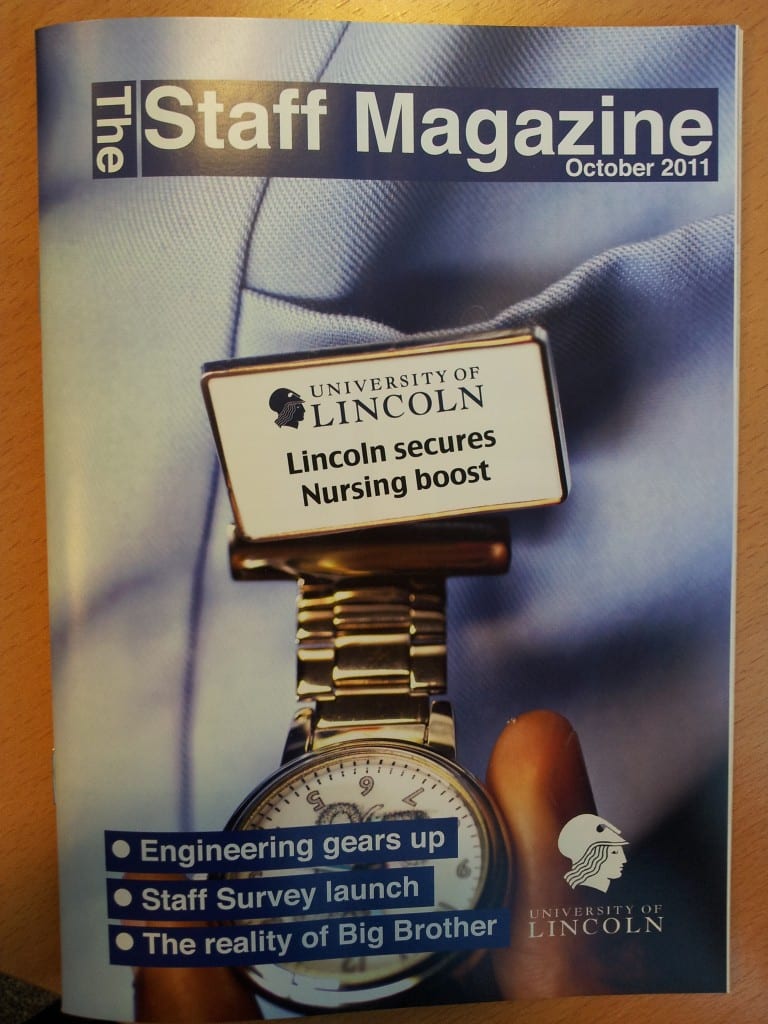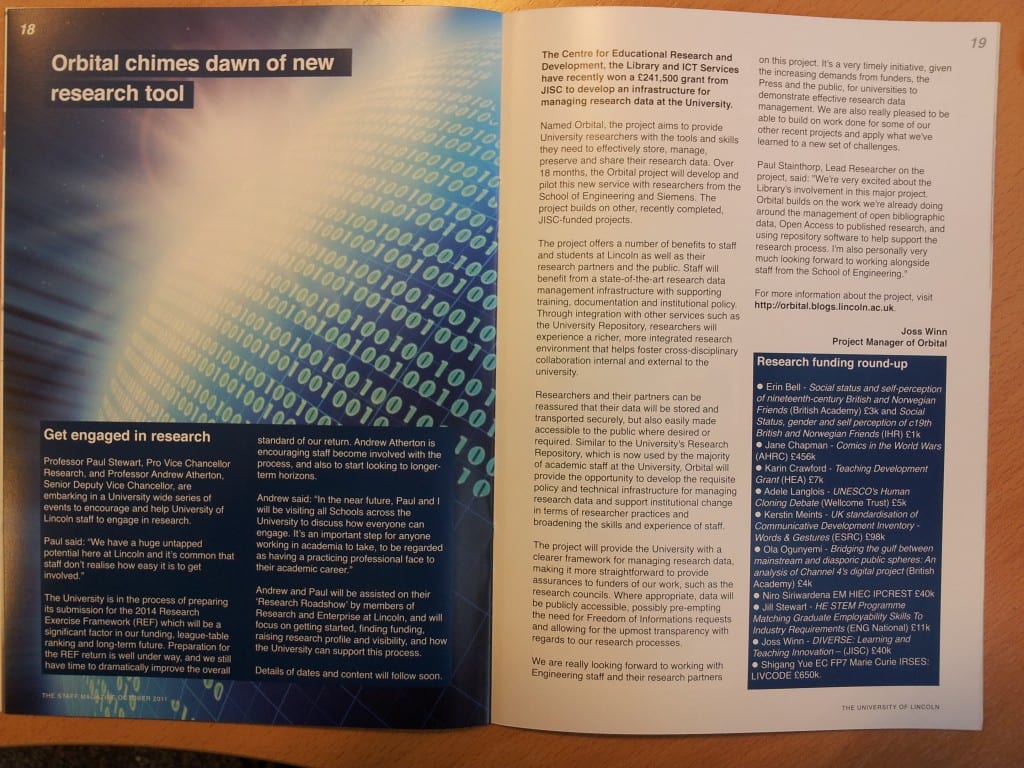Paul, Nick and I had a great meeting with the two principal Engineering users last week, where we set out our broad objectives and discussed their involvement on the Orbital Project. It’s always been our intention to work with three types of user: academic staff, a commercial research partner and a PhD student. This morning, we met Chris Bingham, Prof. of Energy Conversion, and Stuart Watson, Head of Remote Monitoring and Diagnostics at Siemens. Later this week, we’ll be meeting Reader in Optimisation and Symbolic Dynamics, Dr Wing-Kuen Ling and one of his PhD students, who are also interested in contributing to the Orbital project.
At last week’s meeting we discussed Chris and Stuart’s current practice of working on sensor data from Siemen’s turbines, which involves a combination of physically secured machines, secure web services and sanitised data. As is common practice when working with commercial partners, the resulting research papers go through an approval process with the commercial partner prior to being submitted for publication and data is routinely abstracted so that confidential and commercially sensitive data isn’t made public.
We discussed how these current practices might be improved over and above the ‘baseline’ method used now. Chris and Stuart both felt that improvements could be made around physical access to the data (possibly PKI card integration) and a system that does not encourage copies being made of the data. There should be no need for Engineers to take data away with them, but rather always be available from a single data store. We also discussed the use of the Cloud for storing data and both Stuart and Chris acknowledged that attitudes towards Cloud Computing were changing and that it’s worth considering it.
Their measure of success of our research data infrastructure is whether it increases productivity and overcomes some of the barriers to access and sharing of the data that currently exist. They also expressed an interest in how the infrastructure can also help manage related artefacts, such as presentations and research papers. Ideally, they want something that helps manage all aspects of their research environment rather than fragment it into disparate systems.
Actions from the meeting were to introduce the project at the next all staff meeting of the School of Engineering (done), arrange to meet the Developer of Siemen’s in-house software and, as mentioned above, speak to Dr Ling about his involvement as a user on the project, recognising that his area of research is different to Chris and Stuart’s and presents us with a different type of data and workflow. Finally, we also agreed to invite Dr. Mansur Darlington of the ERIM project to hold an extended meeting in late January with Engineering staff to discuss the outcomes of the ERIM project.

